Inspired by Alchemy
Designers visit the theme of alchemy by mixing mathematics with magic

by Stefano Caggiano
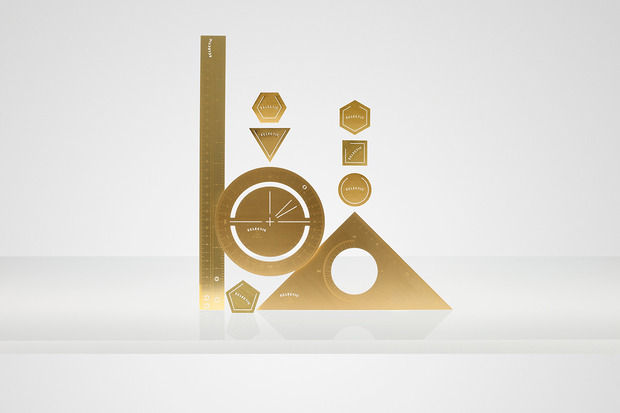
Design is all about making things more than they are initially—more efficient, more beautiful, more meaningful. In their work in improving reality, designers take care of all dimensions, from the functional, material ones to the aesthetic, conceptual ones. They are the ones who turn matter into meaning by shaping it into significant aesthetics. Designers can thus be compared to alchemists—the ancient “scientists” concerned with transforming ordinary materials into gold; gold being to them not just a precious metal but a symbol of the mysterious connections tying up the whole universe.
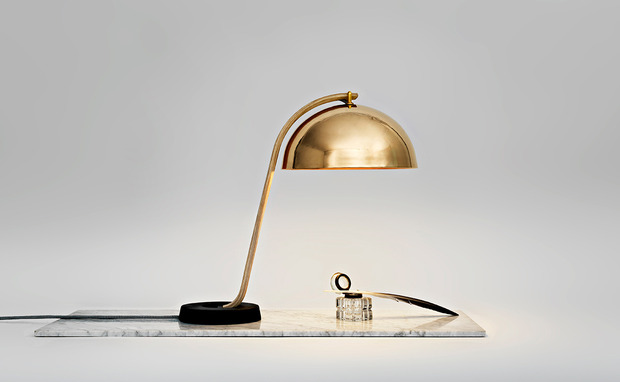
It’s important to keep in mind this poetic link between design and alchemy when seeing the way Lars Beller Fjetland’s Cloche lamp explores the beauty of an unexpected balance, echoing an era of sophistication and grace which used to seek inspiration in the magic of nature. While in the Chess Table designed by Paul Kelley for Gallery Libby Sellers (made of naval brass and Macassar ebony), it’s the very typology chosen—a table for chess—that brings back to the same mystery of mathematics explored by alchemists.
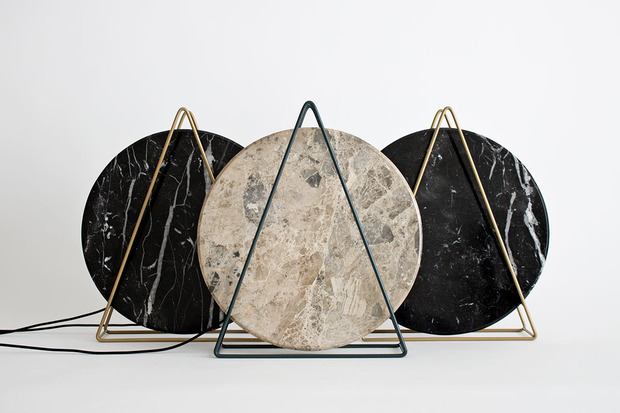
Novecento by Davide Giulio Aquini is a collection of LED table lamps influenced by the Art Deco style that blends organic, nature-inspired shapes with geometric ones. The lamps’ thick marble discs rest on triangular components—the triangle being a highly symbolic form intrinsically connected to numerology. Even designer brand Tom Dixon proposed a kit named The Mathematician, made up of a Golden Ruler, a protractor, a set square and six polygonal paperclips digitally etched from a single sheet of brass. Brass is also used in the Dome Light available at Artilleriet, the cutlery set Keytlery by Alessandro Zambelli for Seletti and in Crest Bottle Openers designed by studio Fort Standard (Gregory Buntain and Ian Collings).
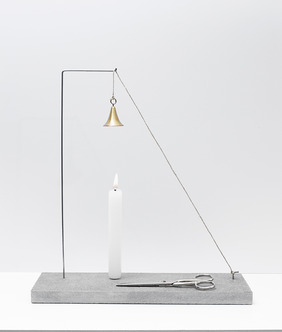

Also intriguing are the installations by the Berlin-based, Swiss-Danish couple Yarisal & Kublitz (Ronnie Yarisal and Katja Kublitz), made of structures inspired by rituals, and System S by Andrea Magnani, deliberately inspired by the signs that—accordingly to ancient mysticism—were embedded in the proportions of the solar system.
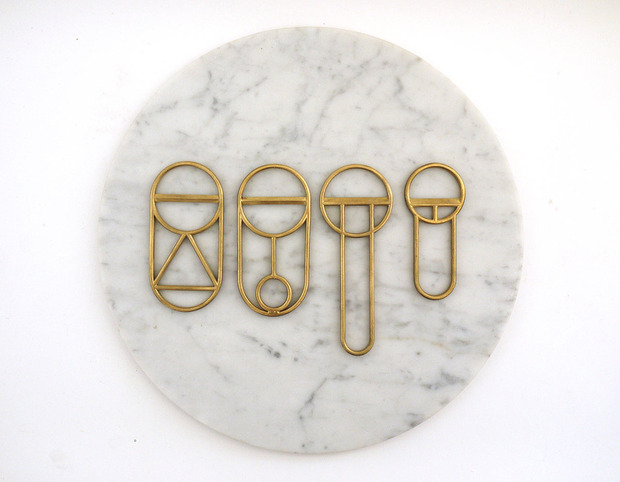
All of these alchemy-influenced pieces seem to belong to an era during which poetry and technique were not yet divided. These objects draw a line between the poetic science of alchemy and the contemporary need for the tangible poetry of design—a kind of counterpart to the digital acceleration towards the intangible.
Images courtesy of respective artists









